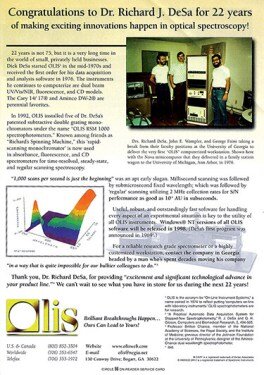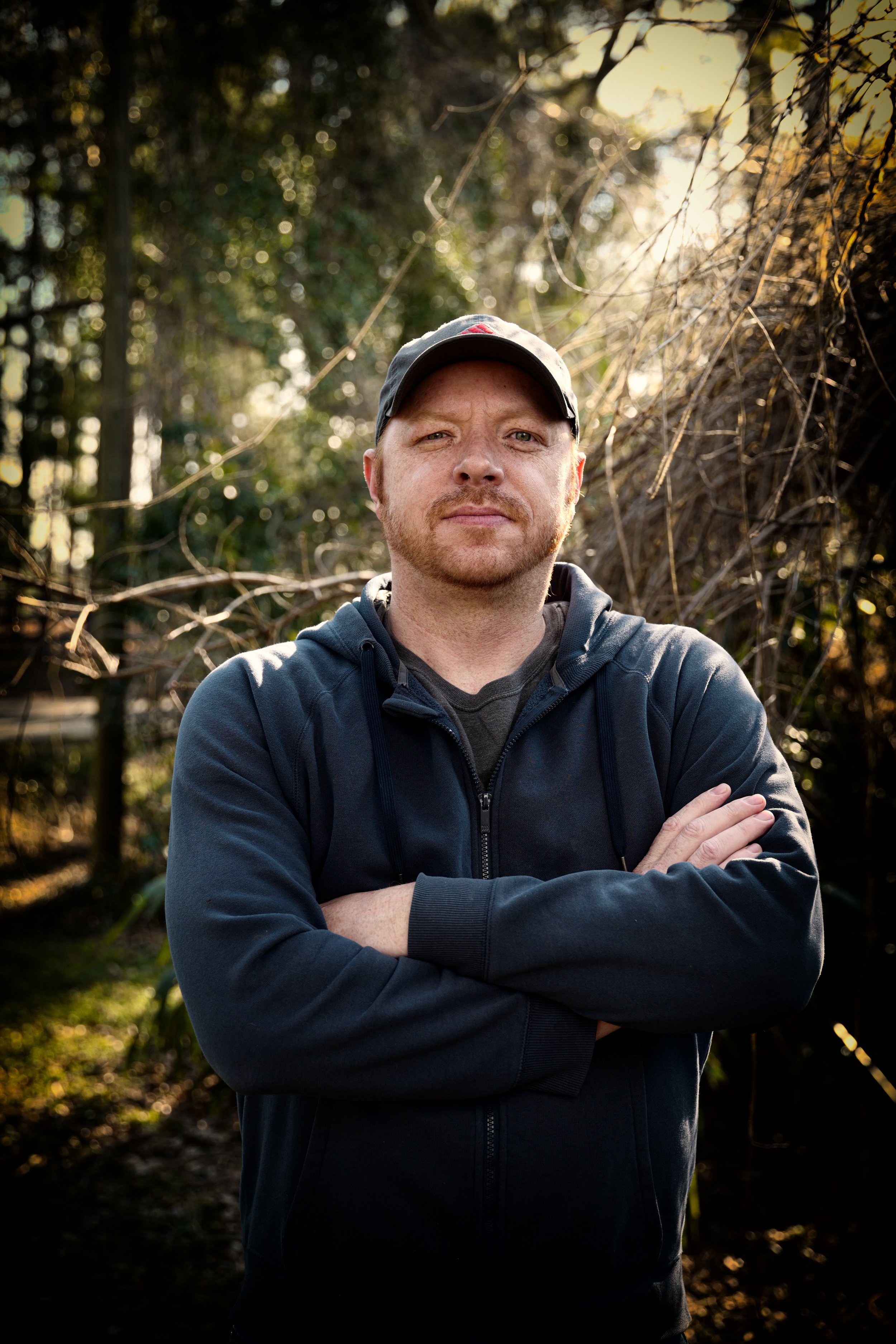The smart Trick of Circularly Polarized Luminescence That Nobody is Talking About
The smart Trick of Circularly Polarized Luminescence That Nobody is Talking About
Blog Article
The Ultimate Guide To Circular Dichroism
Table of ContentsThe Ultimate Guide To Uv/visThe Definitive Guide for Uv/vis/nirThe Best Guide To Uv/vis/nirMore About Uv/visGet This Report about Circularly Polarized Luminescence

Spectrophotometry is most frequently applied to ultraviolet, visible, and infrared radiation, modern spectrophotometers can question broad swaths of the electromagnetic spectrum, including x-ray, ultraviolet, visible, infrared, and/or microwave wavelengths. Spectrophotometry is a tool that depends upon the quantitative analysis of particles depending on how much light is soaked up by colored substances.
Spectrophotometers - Truths
A spectrophotometer is commonly used for the measurement of transmittance or reflectance of solutions, transparent or opaque solids, such as refined glass, or gases. Many biochemicals are colored, as in, they soak up noticeable light and therefore can be determined by colorimetric treatments, even colorless biochemicals can frequently be converted to colored substances ideal for chromogenic color-forming responses to yield compounds appropriate for colorimetric analysis.: 65 However, they can likewise be developed to measure the diffusivity on any of the listed light ranges that generally cover around 2002500 nm utilizing various controls and calibrations.
An example of an experiment in which spectrophotometry is used is the determination of the stability constant of an option. A specific chain reaction within an option might happen in a forward and reverse direction, where reactants form items and products break down into reactants. At some point, this chemical reaction will reach a point of balance called a stability point.
Circular Dichroism Fundamentals Explained
The amount of light that goes through the solution is indicative of the concentration of particular chemicals that do not enable light to pass through. The absorption of light is because of the interaction of light with the electronic and vibrational modes of molecules. Each type of particle has an individual set of energy levels associated with the makeup of its chemical bonds and nuclei and hence will take in light of particular wavelengths, or energies, leading to distinct spectral properties.
The usage of spectrophotometers spans different scientific fields, such as physics, products science, chemistry, biochemistry. UV/Vis/NIR, chemical engineering, and molecular biology. They are extensively used in numerous industries consisting of semiconductors, laser and optical manufacturing, printing and forensic examination, along with in laboratories for the research study of chemical substances. Spectrophotometry is frequently utilized in measurements of enzyme activities, decisions of protein concentrations, decisions of enzymatic kinetic constants, and measurements of ligand binding reactions.: 65 Ultimately, a spectrophotometer has the ability to determine, depending upon the control or calibration, what compounds are present in a target and precisely just how much through calculations of observed wavelengths.
Developed by Arnold O. Beckman in 1940 [], the spectrophotometer was created with the aid of his coworkers at his company National Technical Laboratories founded in 1935 which would become Beckman Instrument Company and ultimately Beckman Coulter. This would come as a solution to the previously developed spectrophotometers which were not able to absorb the ultraviolet properly.
A Biased View of Spectrophotometers
It would be discovered that this did not give acceptable outcomes, for that reason in Design B, there was a shift from a glass to a quartz prism which permitted for better absorbance results - UV/Vis/NIR (https://www.abnewswire.com/companyname/olisclarity.com_129679.html#detail-tab). From there, Design C was born with a change to the wavelength resolution which ended up having 3 units of it produced
It was produced from 1941 to 1976 where the price for it in 1941 was US$723 (far-UV accessories were an alternative at additional expense). In the words of Nobel chemistry laureate Bruce Merrifield, it was "most likely the most important instrument ever established towards the development of bioscience." Once it became ceased in 1976, Hewlett-Packard developed the very first commercially offered diode-array spectrophotometer in 1979 known as the HP 8450A. It irradiates the sample with polychromatic light which the sample soaks up depending upon its residential or commercial properties. Then it is transferred back by grating the photodiode array which discovers the wavelength region of the spectrum. Given that then, the creation and application of spectrophotometry devices has increased immensely and has actually ended up being one of the most innovative instruments of our time.

What Does Uv/vis Mean?
The grating can either be movable or repaired.
In such systems, the grating is fixed and the strength of each wavelength of light is measured by a various detector in the variety. Additionally, most modern-day mid-infrared spectrophotometers use a Fourier change method to get the spectral information - https://pagespeed.web.dev/analysis/https-olisclarity-com/ft59obxjpp?form_factor=mobile. This technique is called Fourier transform infrared spectroscopy. When making transmission measurements, the spectrophotometer quantitatively compares the portion of light that passes through a recommendation option and a test solution, then electronically compares the intensities of the two signals and computes the percentage of transmission of the sample compared to the recommendation standard.

Report this page